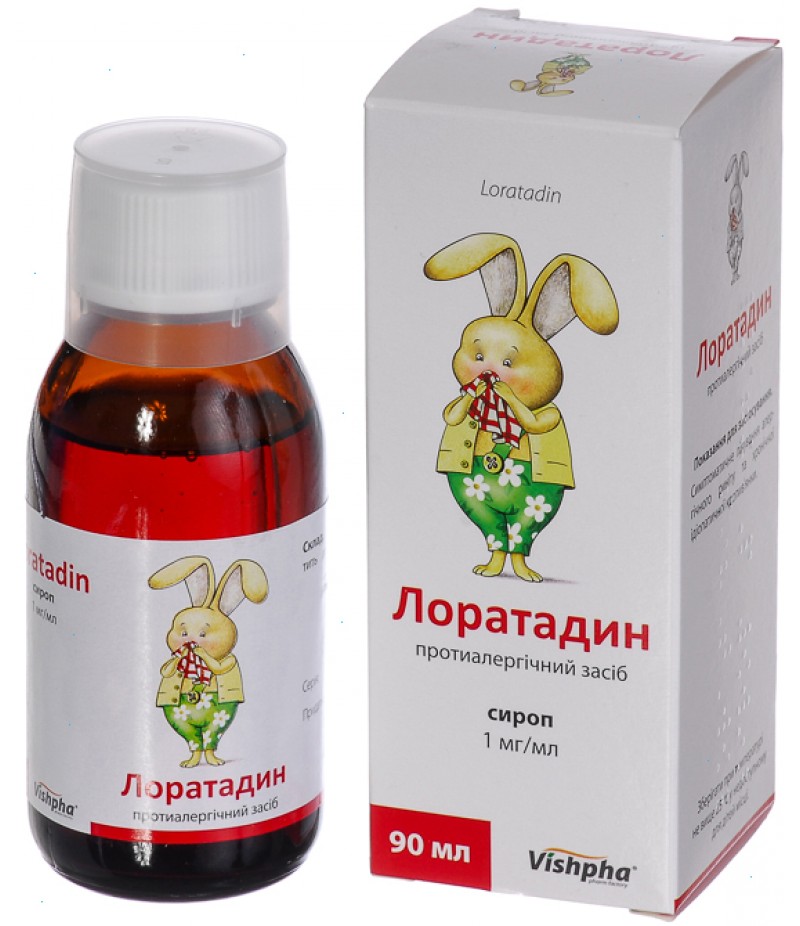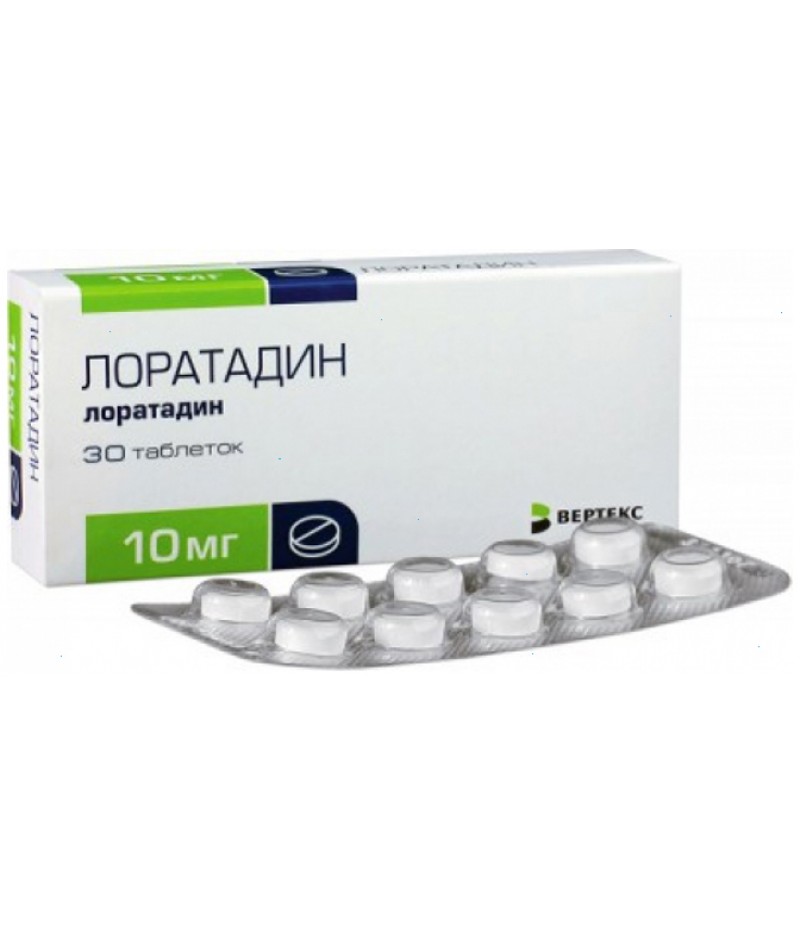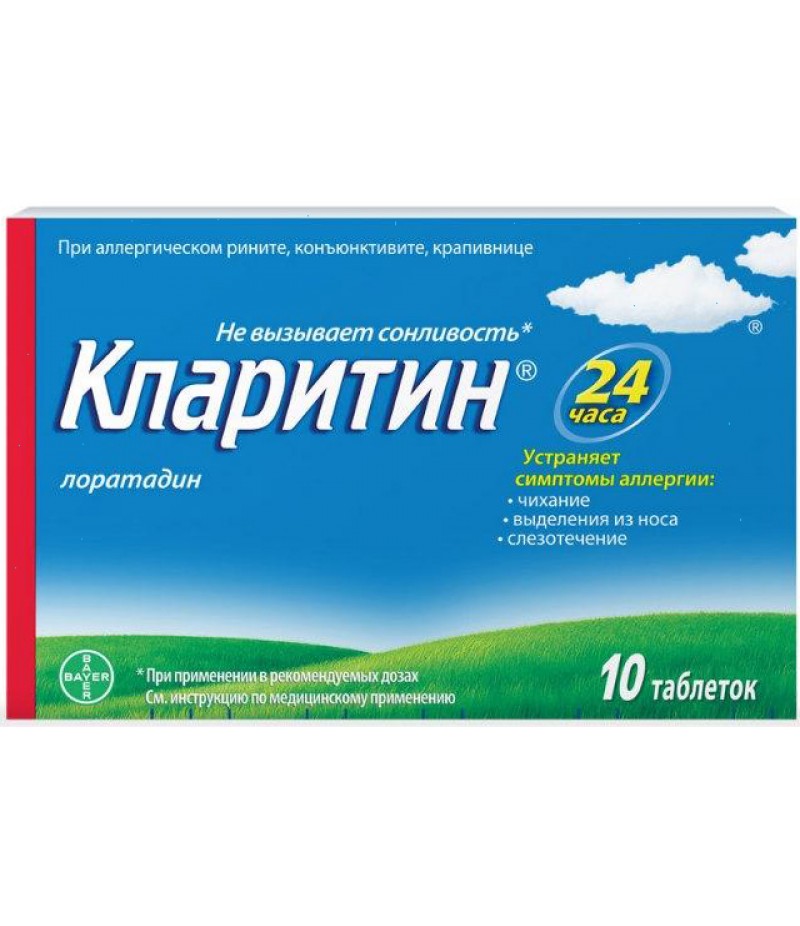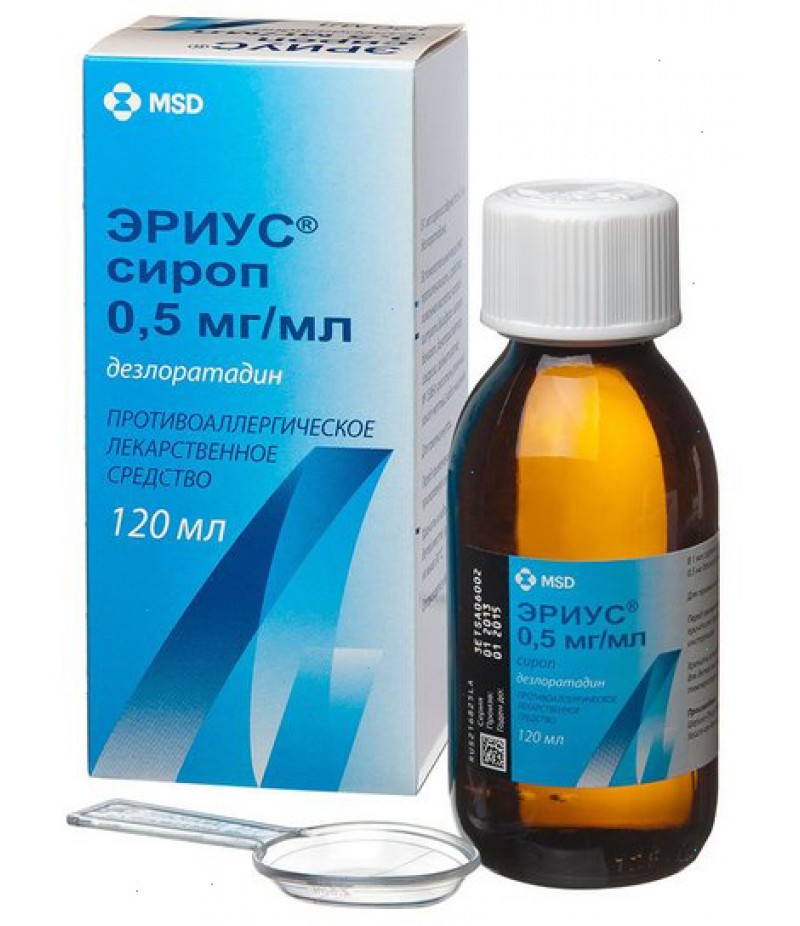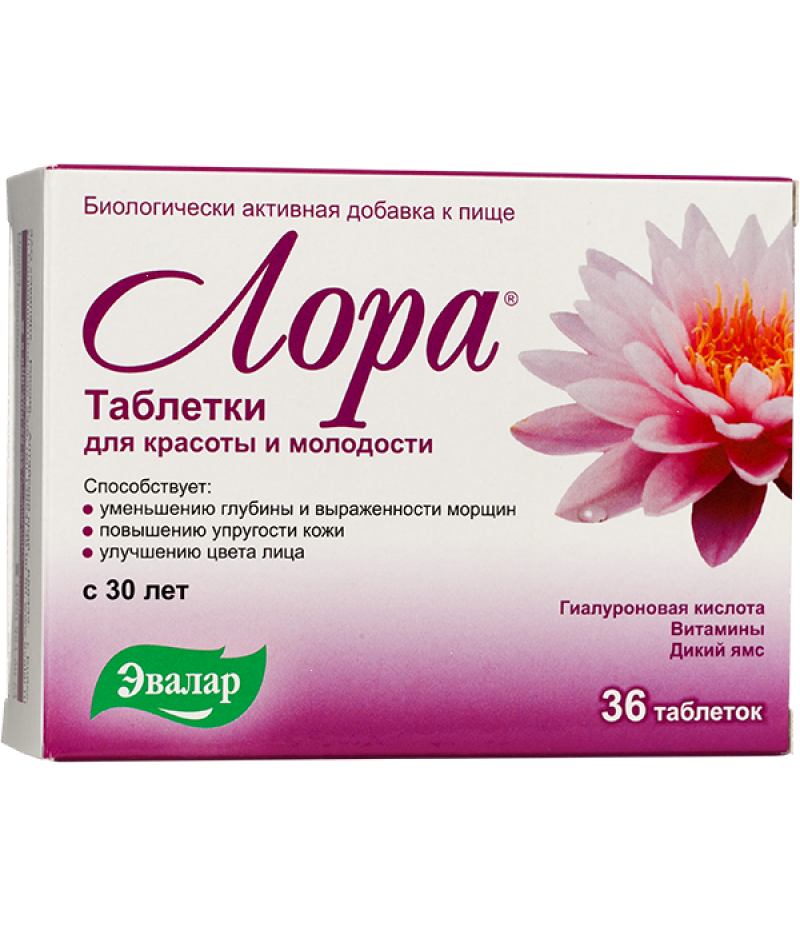Blogir-3 tabs 5mg #30
- $20.40
- 3 or more $20.17
- Availability:In Stock
Blogir-3 user manualTo buy Blogir-3 tablets just add it to your shopping cartCompositionOne tablet for resorption contains:active substance: desloratadine 5 mg;auxiliary substances: mannitol - 133.5 mg, microcrystalline cellulose ..
Tags: tabs
Blogir-3 user manual
To buy Blogir-3 tablets just add it to your shopping cart
Composition
One tablet for resorption contains:
active substance: desloratadine 5 mg;
auxiliary substances: mannitol - 133.5 mg, microcrystalline cellulose - 15.0 mg, croscarmellose sodium 6.0 mg, polacrilin potassium 5.0 mg, aspartame 3.0 mg, magnesium stearate 1.7 mg, flavor tutti-frutti (fragrances, maltodextrin, propylene glycol E1520, modified starch E1450) 0.75 mg, iron oxide red oxide 0.7 mg, citric acid monohydrate qs
Description of Blogir-3
Round, flat pills of pink color with impregnations of darker color, with bevelled edges and embossed "5" on one side.
Pharmacotherapeutic group
antiallergic agent - H1-histamine receptor blocker.
ATX code [R06AX27]
Pharmacological properties
Pharmacodynamics of Blogir-3
Non-active antihistamine long-acting drug. It is the primary active metabolite of loratadine. Selectively blocks the activity of peripheral H histamine receptors. Suppresses the release of histamine from mast cells. It inhibits the cascade of allergic inflammation reactions, including the release of anti-inflammatory cytokines, including interleukins IL-4, IL-6, IL-8, IL-13, isolation of adhesion molecules such as P-selectin. Thus, it prevents development and facilitates the course of allergic reactions, has antipruritic and antiexudative action, reduces permeability of capillaries, prevents the development of edema of tissues, spasm of smooth muscles.
The drug has no effect on the central nervous system, has practically no sedative effect (does not cause drowsiness) and does not affect the rate of psychomotor reactions. Does not cause an extension of the QT interval on the ECG.
Pharmacokinetics
Suction
After ingestion desloratadine is well absorbed in the gastrointestinal tract, it is determined in the blood plasma 30 minutes after ingestion. The maximum concentration of Cmax is reached after about 3 hours.
Distribution
The binding of desloratadine to plasma proteins is 83-87%. When used in adults and adolescents for 14 days at a dose of 5 mg to 20 mg once a day, no signs of a clinically significant cumulation of desloratadine have been detected. Simultaneous intake of food or grapefruit juice does not affect the distribution of desloratadine (when taken at a dose of 7.5 mg 1 time per day). Does not penetrate the blood-brain barrier.
Metabolism
It is subjected to intensive metabolism in the liver by hydroxylation to form 3-OH-desloratadine, combined with glucuronide. It is not an inhibitor of CYP3A4 and CYP2D6 isoenzymes and is not a substrate or inhibitor of P-glycoprotein.
Excretion
Desloratadine is excreted from the body in the form of a glucuronide compound and in small amounts (less than 2%) by the kidneys and through the intestine (less than 7%) unchanged. The half-life of T1 averages 27 h.
Indications for use
allergic rhinitis (elimination or relief of sneezing, nasal congestion, discharge of mucus from the nose, itching in the nose, itching of the palate, itching and redness of the eyes, lachrymation);
urticaria (reduction or elimination of itching, rash).
Contraindications for Blogir-3
Hypersensitivity to the components of the drug; pregnancy and lactation; age up to 12 years; phenylketonuria.
Carefully
In the presence of severe renal failure, the drug should be taken with caution.
Application in pregnancy and during breastfeeding
The use of BLOGIR-3 during pregnancy is contraindicated due to the lack of clinical data on the safety of its use in this period.
Desloratadine is excreted in breast milk, so the use of the drug during breastfeeding is contraindicated.
Dosing and Administration
Inside, regardless of food intake. Carefully open the blister and take out the pill without breaking it. The tablet for resorption is put on the tongue, where it dissolves, after which it is swallowed with saliva, without washing with water or another liquid. The tablet should be taken immediately after opening the blister.
Adults and adolescents from 12 years: 1 tablet for resorption (5 mg) once a day to reduce the symptoms of allergic rhinitis (including seasonal and allergic rhinitis all year round) and hives.
In seasonal (intermittent) allergic rhinitis (if symptoms last less than 4 days per week or less than 4 weeks per year), it is necessary to evaluate the course of the disease. With the disappearance of symptoms, taking the drug should be discontinued, with the repeated appearance of symptoms, the drug should be resumed.
With year-round (persistent) allergic rhinitis (in the presence of symptoms lasting more than 4 days a week or more than 4 weeks per year), the drug should be taken during the entire exposure period of the allergen.
Side effects of Blogir-3
The frequency of adverse reactions is classified according to the recommendations of the World Health Organization: very often - not less than 10%; often - not less than 1%, but less than 10%; infrequently - not less than 0,1%, but less than 1%; rarely - not less than 0.01%, but less than 0.1%; very rarely - less than 0.01%, including individual reports.
The most common undesirable effects (> 1/100 to <1/10): fatigue, dry mouth and headache.
Very rarely (<1/10 000) the following undesirable effects were noted:
From the central nervous system: hallucinations, dizziness, drowsiness, insomnia, psychomotor hyperactivity, convulsions.
From the cardiovascular system: tachycardia, palpitations.
On the part of the digestive system: abdominal pain, nausea, vomiting, indigestion, diarrhea.
From the liver and bile ducts: increased activity of hepatic transaminases, increased bilirubin concentration, hepatitis.
From the musculoskeletal system: myalgia.
On the part of the immune system: anaphylaxis, angioedema, dyspnea, pruritus, rash, including hives, photosensitization.
If any of the side effects listed in the manual are aggravated, or if you notice any other side effects not listed in the instructions, tell your doctor.
Overdose
In clinical trials with desloratadine at a dose of up to 45 mg (9 times the therapeutic dose), there were no clinically significant adverse effects.
Treatment: In case of an overdose, standard measures are taken to remove the active substance from the gastrointestinal tract. Symptomatic and supportive therapy is recommended.
Desloratadine is not excreted in hemodialysis, the effectiveness of peritoneal dialysis is not established.
Interaction Blogir-3 with other drugs
Interactions with repeated combined use of desloratadine with ketoconazole, erythromycin, azithromycin, fluoxetine and cimetidine clinically significant changes in the concentration of desloratadine in plasma have not been revealed. BLOGIR-3 does not enhance the effects of alcohol on the central nervous system. Eating does not affect the effectiveness of the drug.
Impact on the ability to manage vehicles and mechanisms
In the recommended dose, the drug does not affect the ability to drive vehicles or mechanisms. However, in very rare cases, some patients may experience drowsiness with desloratadine, which may affect their ability to drive vehicles or work with machinery.
Form of issue
Tablets for resorption of 5 mg.
5 tablets for resorption in an aluminum blister. One blister, along with instructions for use, is placed in a cardboard box.
10 tablets for resorption in an aluminum blister. One, two or three blisters together with instructions for use are placed in a cardboard box.
Storage conditions
At a temperature of no higher than 25 ° C.
Keep out of the reach of children!
Shelf life - 3 years.
Do not use after the expiration date.
Leave conditions
You can buy Blogir without a prescription.


